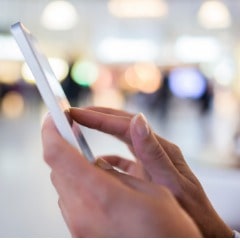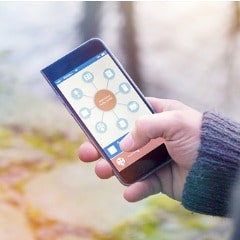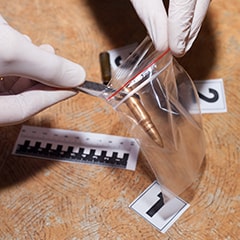 Resources
Resources
At ForensicsColleges, we want to connect students, prospective students, and professionals to the multitude of resources available online in order to stay up-to-date on recent news and trends within the online forensics community. From national news in the industry, cold cases in kidnapping, and top websites for different areas of forensic study, you can always find what you’re looking for here in our resources section.
Further your forensic knowledge and help continue the advancement of forensic research today. For additional information and up-to-date news, follow us on Twitter at @ForensicsEd.

10 Cold Case Blogs Worth a Follow
Do you think crimes always get solved? Think again. These 10 excellent cold case blogs shed light on gruesome murders that remain in need of resolution. The National Institute of Justice (NIJ) defines a cold case as one in which “probative investigative leads have been exhausted.”

Investigators rely on evidence to help them solve crimes. Sometimes, evidence isn’t readily available or has been degraded due to time or exposure to the elements. When this happens, alternative forensic research methods can be applied to extract results. One such method is the use of mitochondrial DNA (mtDNA) typing.

Top True Crime & Forensics Podcasts (2022)
Podcasts like Serial set a new bar for the genre. Suddenly, true crime podcasts weren’t just guilty pleasures: they were Peabody-winning stories that could have an impact on precisely the topics that they were exploring.

Four-year degree-seeking students choose from either a bachelor of arts (BA) or a bachelor of science (BS) degree in criminal justice. Depending on the school program, specializations are available in homeland security, criminology, law enforcement, corrections, or cybercrime. Earning a degree specialization involves completing a unique course sequence of classes to deepen one’s knowledge and prepare for a career or graduate degree in a related field.

Great Apps for Forensic Science & Investigation (2022)
Forensics has quietly become one of the biggest beneficiaries of the tech boom. But there’s still plenty of red tape, antiquated systems, and waste that gets in the way. Here are some of the best apps for streamlining and improving forensic science and investigation, both in education and practice.

For aspiring criminal justice students, two of the greatest concerns are how much a program costs and whether or not the school provides adequate job placement services. The Federal Reserve (2017) revealed that student debt in the US reached $1.4 trillion and had overtaken credit cards as the leading source of US debt a few years ago.

The planet is changing due to human activity and not for the better. Nearly 100 percent of the increase in global temperatures is due to human activities. Consequences of this temperature rise include more severe storms, increased drought, rising sea levels, loss of species, and loss of food.

Best Forensics & Criminal Justice Degrees (2022)
Overall, finding a bachelor’s, master’s degree or certificate in a forensics or criminal justice discipline may abet one’s professional goals, in addition to being an interesting path in a service-oriented career.


